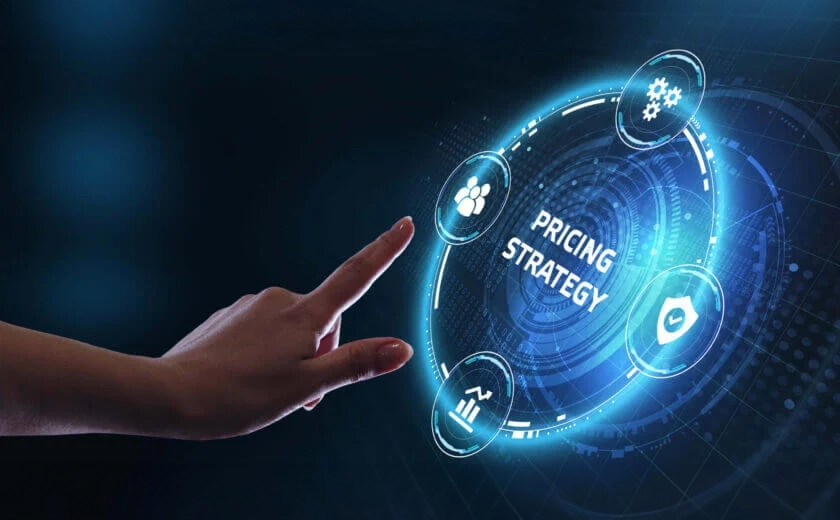In the dynamic realm of online shopping, pricing is paramount for savvy shoppers. A staggering 60% prioritize ecommerce pricing when making purchases globally, with 73% of online stores viewing price changes as the main competitive pressure driver. Pricing isn’t merely about numbers; evidently it’s a conversion secret weapon. Crafting competitive prices can render your products irresistible. Join us as we explore pricing strategies, uncovering tricks to elevate your online business in this captivating world by mastering pricing strategies.
Similar Product Different Pricing Strategies
When pricing similar products, consider production costs, shipping, taxes, and advertising expenses. According to Kim et al. (2012), even a slight difference in shared attributes can enhance perceived similarity, expediting decision-making and increasing the likelihood of purchase. For example, pricing gum packets at $1.26 and $1.27 led to more purchases than identical prices.
Pricing Strategy: Anchoring
Price anchoring, a potent psychological tactic, juxtaposes a high-priced product with a lower-cost alternative, making the latter more appealing. For instances, Mailchimp’s pricing graphic, listing the Premium plan first anchors viewers’ price expectations, making subsequent plans seem more affordable. Therefore strategic use effectively enhances perceived value and affordability.
Pricing Order
Displaying prices in descending order, as shown in Suk et al.’s (2012) study on beer prices, can influence customers to choose pricier options due to the fear of potential loss. This strategic arrangement taps into psychological biases subsequently affecting decision-making and potentially boosting profitability.
Zero Price
The zero-price effect influences purchasing decisions by making free items or discounts more enticing. Ariely’s 2007 study revealed that it’s not just about saving money but also about feeling like you’re getting extra benefits. Essentially, receiving something for free triggers a unique response in our brains, enhancing perceived value beyond cost savings.
Discounted Format
How discounts are presented significantly influences customer perception. Wagner’s 2011 study found that for expensive items, customers prefer seeing the actual dollar amount reduced, like “$200 off” for a pricey mobile phone. Conversely, for cheaper items, they prefer a percentage off, like “25% off” for deodorant. This framing tweak impacts perceived value.
Price Bundling
Price bundling, offering products together for a lower combined price, is a savvy pricing tactic. Customers often spend more on bundled deals, increasing the overall purchase amount, known as the bucket price. Moreover this strategy confuses customers’ sense of individual item prices, making the bundle appear more enticing.
Flash Sales
This pricing strategy leverages the “fear of missing out” (FOMO) by offering limited-time deals, creating urgency and prompting quick decisions. Surprises with tempting discounts capitalize on scarcity, competition, and time constraints, driving sales. Furthermore it confirms that tighter constraints lead to increased sales, emphasizing the effectiveness of this marketing tactic beyond just discounts.
Charm Pricing
Charm pricing, a popular strategy pricing strategy, manipulates prices to influence sales. Ending prices with odd numbers like five, seven, or nine, particularly using the ‘rule of nine,’ creates a perception of lower cost. For instance, $49.99 appears closer to $49 to customers. This strategy works best when customers seek the best deal, making products seem more appealing and affordable.
Comparative Pricing
Comparative pricing cleverly compares a current selling price to a recommended or past price, highlighting the perceived value of the deal. Research by Allard, Hardisty, and Griffin in 2016 shows that framing a higher price as a modest upgrade cost from a lower-priced option makes premium choices more appealing to customers.
Keen on pricing the products in your online store effectively? Join our dropshipping partnership today!


 Hot Articles
Hot Articles